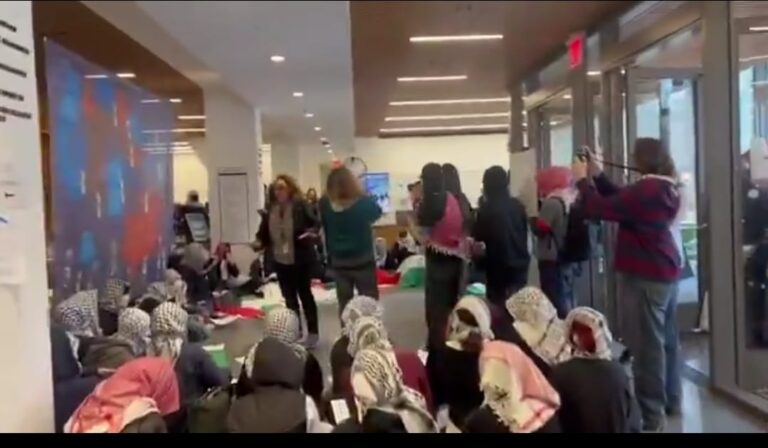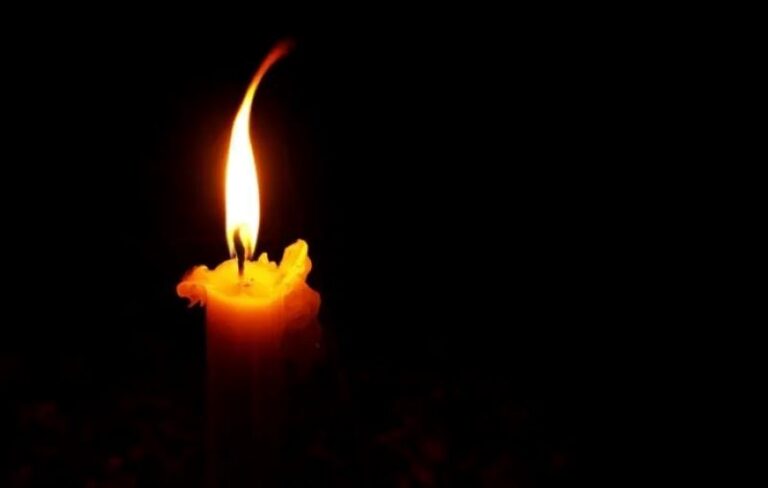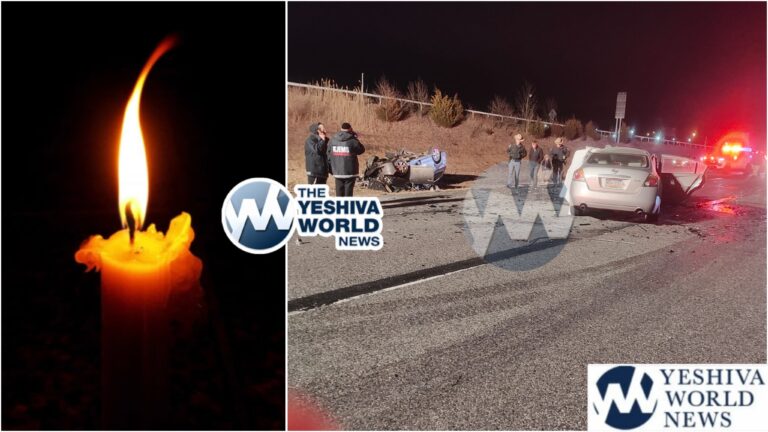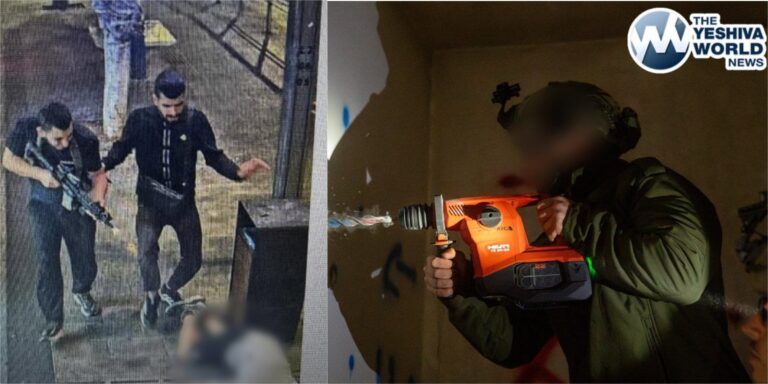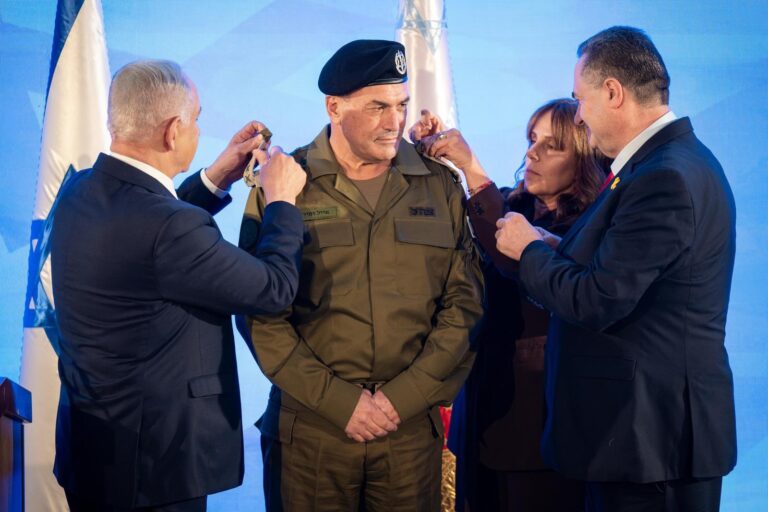 Belgian police on Monday released surveillance video and issued a fresh call for help to identify “the man in white,” one of three attackers at the Brussels airport and the only one believed to have survived the bombings.
Belgian police on Monday released surveillance video and issued a fresh call for help to identify “the man in white,” one of three attackers at the Brussels airport and the only one believed to have survived the bombings.
The appeal came after investigators released Faysal Cheffou, a man who was taken into custody and charged with participating in a terrorist attack. Cheffou was thought to resemble the attacker shown in the airport surveillance image.
The dropping of charges against Cheffou reopened the manhunt for the missing attacker and raised further questions about the extent of the network behind last week’s bloodshed.
Belgian prosecutors released the video Monday showing the third airport bombing suspect in a dark floppy hat, glasses, a goatee and white jacket pushing a luggage cart with a black suitcase on it shortly before bombs exploded March 22. A photo from the video was made public shortly after the attacks, but the new video gives a slightly better view.
Meanwhile, police across Europe widened anti-terrorism crackdowns as prosecutors in Belgium charged three people suspected of having links to militant networks, adding further to signs that the multi-nation probes were moving rapidly beyond last week’s bombings in Brussels.
Yet even as the authorities chased new leads, there was still more reckoning from last Tuesday’s attacks claimed by the Islamic State. Belgium’s health minister raised the death toll to 35, not counting three suicide bombers. About 300 people were injured.
Nearly half of those killed were foreign nationals, including at least four Americans. The Belgian Foreign Ministry said not all of the wounded have been identified because some remain comatose.
In Brussels, the federal prosecutor identified the three people charged with “participation in the activities of a terrorist group” only as Yassine A., Mohamed B. and Aboubaker O. They were among nine people detained Sunday morning by police for questioning; the rest have been released.
It was not immediately clear whether the latest suspects played roles in planning the suicide blasts at Brussels Airport and a metro station. But the police sweeps in Belgium – and among its European Union partners – suggested moves aimed at heading off possible new attacks.
They also added to an emerging picture of multinational networks behind recent attacks – another striking indication of the reach of the Islamic State beyond its strongholds in Iraq and Syria.
On Monday the Dutch police said they arrested three other men allegedly linked to terrorism planning. A day earlier, Dutch authorities captured a 32-year-old French citizen in Rotterdam who was suspected of ties to an apparent foiled attack in France last week. They gave his name only as Anis B.
Wim de Bruin, a spokesman for the Dutch prosecutor’s office, said in an interview that police found mobile phones, SIM cards, ammunition, money and drugs when capturing him.
Dutch police said two of the three other men arrested, age 43 and 47, were of Algerian origin. No information was released about the third suspect. De Bruin said all three were arrested while police were looking for Anis B. He said none of them would be extradited to France.
Italian police, meanwhile, were holding an Algerian man suspected of having provided false documents to the Islamic State militants behind the attacks in Paris and Brussels.
According to the Italian news agency ANSA, 40-year-old Djamal Eddine Ouali had been the subject of a Belgian arrest warrant since January. ANSA said he was suspected of having given falsified papers to Salah Abdeslam, a suspected member of the cell that carried out the Nov. 13 Paris attacks, who is now in Belgian custody.
Ouali is also believed to have furnished documents to Najim Laachraoui, suspected to have been one of the suicide bombers at Brussels Airport, and to a man killed by Belgian authorities in a raid this month before the attacks.
In central Brussels, widespread anxiety was visible as riot police with shields and white helmets fanned out Sunday afternoon around a memorial site for victims. Police briefly fired water cannons after several hundred men dressed in black, apparently soccer fans, advanced into the area. The fans waved a giant banner against the Islamic State and, according to some media reports, shouted nationalist slogans.
Hours before the street clashes, Belgian prosecutors charged another suspect linked to the attacks. The man, identified by authorities only as Abderrahmane A., has been in custody since Friday and faces charges of belonging to a terrorist organization. Belgian police did not provide details.
The new steps in the investigation come as Belgian authorities seek to beat back criticism of their handling of terrorism threats.
Investigators acknowledged late last week that they did not question Abdeslam extensively after his March 18 arrest, possibly missing clues that might have helped them avert the attacks four days later.
On Sunday, Interior Minister Jan Jambon defended to local media the government’s decision-making during last week’s attacks. He has come under fire for failing to protect other Brussels residents after the initial attack at the airport.
Until Monday, among the highest-profile suspects charged was Abderrahmane Ameroud, whom Belgian media has reported was linked to the attacks. Ameroud was sentenced by a French court to seven years in prison for involvement in a plot to assassinate Ahmed Shah Massoud, a legendary Afghan guerrilla leader. Massoud was killed in 2001.
Over the weekend, militants continued to celebrate attacks that they said demonstrated the weakness of Western defenses. In a video released Saturday, a Dutch-speaking fighter, identified as Abu Hanifa al-Beljiki, addressed the government of Belgium.
“You learned nothing from the lessons of Paris, because you continued fighting Islam and the Muslims,” he said, according to a transcript from the SITE Intelligence Group. “For this I want to tell you that the attack in Brussels is reaping what you had sown with your own hands.”
(c) 2016, The Washington Post · Steven Mufson, Missy Ryan




